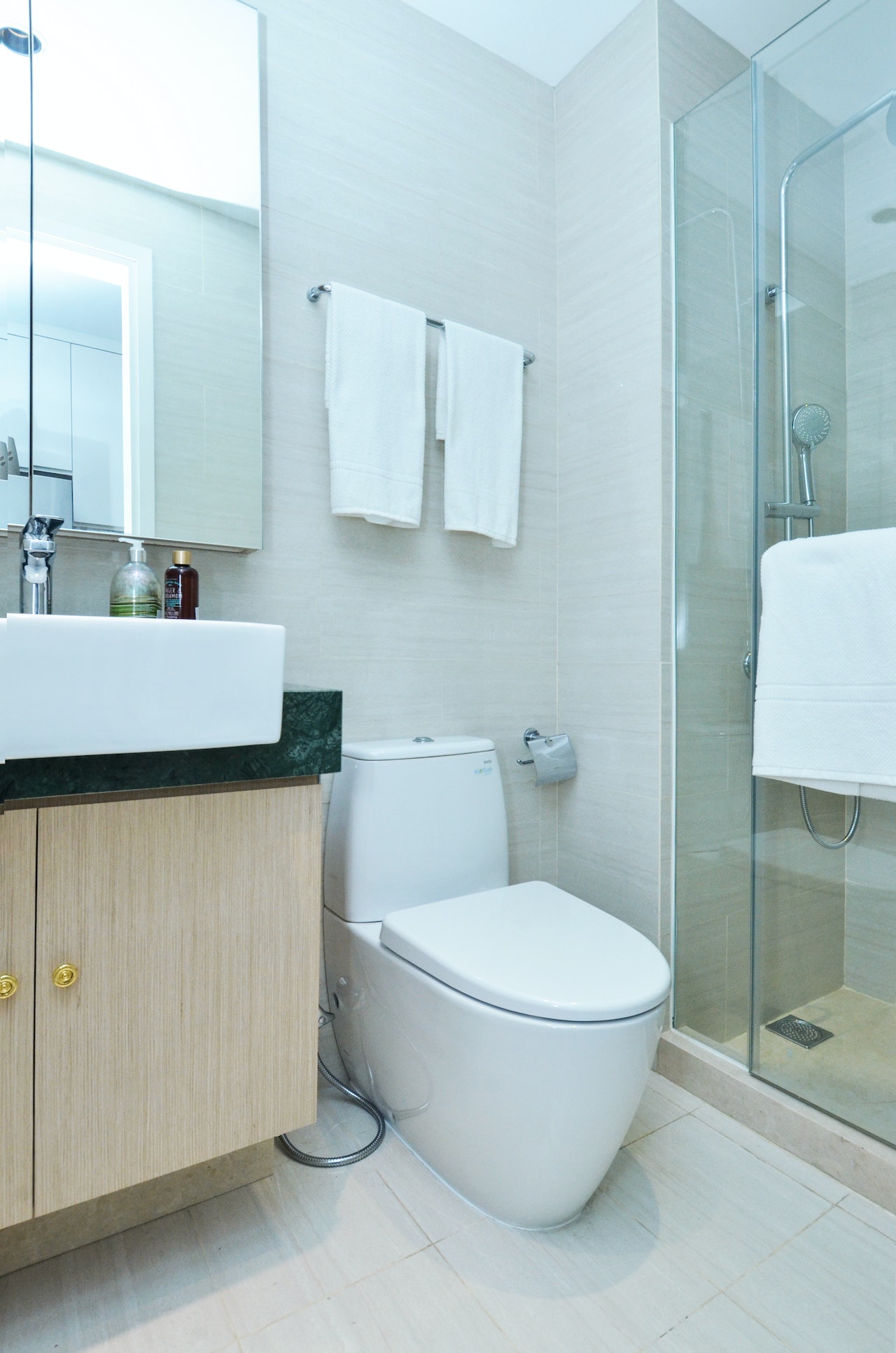Toilets are a complex and important part of our plumbing system. In order to ensure proper functioning, it is important to know the parts that make up a toilet and how each piece affects its performance. In this article, we'll discuss the anatomy of a toilet, with a handy diagram showing all the different components and their functions. Understanding these components will help you diagnose any issues or assist in making repairs when necessary without the help of a plumber Newcastle professional.
Tank
The tank holds water and houses many of the internal components such as the float assembly, fill valve, flapper, overflow tube, and other parts. When you flush the toilet, water from the tank flows into the bowl, creating suction which clears out waste and sends it down through your drain pipes.
Bowl
This is where solid waste goes after it's flushed from your toilet. It's designed so that the waste will remain at the bottom, rather than seeping back up into the tank. The bowl also has a rim that helps to direct water flow.
Flush Valve
The flush valve is located at the base of the tank and is essentially a one-way gate that prevents water from going back into the bowl once it's been flushed. It works by pushing a rubber flapper open when you pull on the handle or press the flush button, allowing water to flow out of the tank and down into the bowl.
Fill Valve
The fill valve is responsible for keeping your toilet filled with a set amount of water. It works by controlling how much water enters the tank when it's being refilled after a flush.
Float Assembly
The float assembly is what regulates how much water can enter the tank, and works in tandem with the fill valve. It is composed of several components, including a ballcock (floating arm) which signals the fill valve to turn off when the tank has reached its capacity.
Overflow Tube
The overflow tube serves as an emergency release for extra water, in case something causes too much water to enter the tank. If the water level reaches this tube, it will flow out and into your drains rather than overflowing out onto your bathroom floor.
Flapper
The flapper is a rubber disk located inside your toilet's tank that is connected to the flush handle. When you pull on the handle, it lifts up and allows water to flow from the tank into the bowl. Once the water has stopped flowing, gravity will pull the flapper back down into its seat, sealing off the opening and preventing any additional water from exiting.
Why is it important to know the parts of a toilet?
Knowing the parts of a toilet and how they function can help you diagnose problems before calling in a professional. It is also key to understanding how toilets are put together and maintained so that you can ensure that yours is working properly for many years to come.
By understanding these components and how they work together, you can better diagnose any issues that may arise with your toilet. In addition, this knowledge can be useful when replacing parts or attempting more complex repairs. Toilet maintenance doesn't have to be intimidating - just break it down into individual pieces and inspect each one before taking action.



